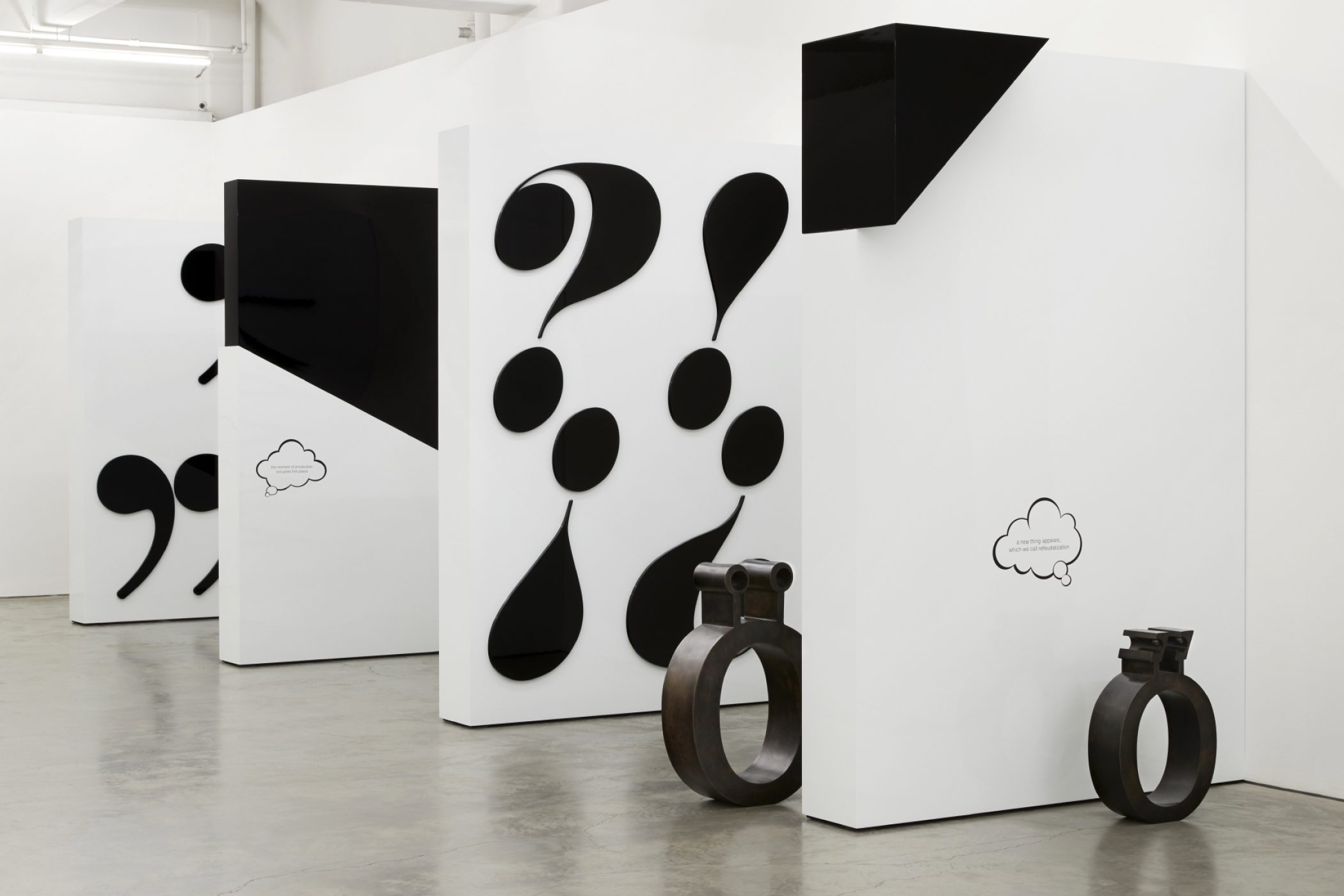Emily Floyd
Anti-totalitarian Vectors
13th July – 17th August 2019
Anna Schwartz Gallery
Not all philosophical Characters are shaped the same way, but they are mostly (originally) created from the words of ordinary language. Only translation alienates these characters from their original birthplace and transforms them into free-floating categories…
– Ágnes Heller, A Philosophy of History in Fragments (Wiley-Blackwell, 1993)
Anti-totalitarian Vectors belongs to a series of informal libraries and diagrams assembled by Emily Floyd that conflate childhood space with political philosophy, activating the urgent legacy of twentieth century anti-totalitarian struggle. The exhibition is conceived as a compendium of typographic artefacts and propositional objects which together form a library and garden, dedicated to the Hungarian philosopher Ágnes Heller.
Anti-totalitarian Vectors considers “the ‘thingness’ of language and its role as a creator of worlds”. Through close attention to Heller’s texts, the exhibition comprises philosophical motifs drawn from ‘A Philosophy of History in Fragments’, including the Owl of Minerva, and a family of Umlauts, or “The Philosophical Characters in Order of Appearance”. These disparate elements together form a garden of medicinal herbs.
Owl of Minerva
The Owl of Minerva is cast by the artist as a snowy owl holding a lantern whose light guides viewers through the installation. An emblem of continental philosophy – in Greek and Roman mythology the owl of Minerva is a symbol of knowledge and insight, the familiar and non-human companion of Athena or Minerva, goddess of wisdom. For Heller, after Hegel, “Philosophy is the owl of Minerva; it casts a retrospective glance. Speculative thinking is this retrospective glance.” For Hegel, the owl of Minerva spreads its wings only with the falling of the dusk – meaning that philosophy comes to understand a historical condition just as it passes away.
Umlauts
An umlaut (/ oo m‑lout /) is used over a vowel, as in the Hungarian or German languages, to indicate a different vowel quality, usually fronting or rounding. The sculptural Umlauts envision speculative fragments of a Hungarian letterpress, cast in bronze with black patina, for typesetting a library of The Budapest School – a philosophical circle whose core group found exile in Australia between 1977 – 1986. In her 1976 text ‘The Theory of Need in Marx’ (Allison & Busby), Heller proposes that objects “bring about” needs, and needs “bring about” objects. “The need and its objects are ‘moments’, ‘sides’ of one-in-the-same complex.” Heller’s theory is evoked to consider how contemporary forces bring new objects into the world.
Monoliths
A recurrent motif in Floyd’s work is the library. A series of structured, architectural edifices inscribed with dynamic, geometric compositions holds space and the objects contained within, creating a garden of ideas. Six free-standing, architecturally-scaled, aluminium sculptures or book forms feature abstractions of original book covers of György Lukács, Heller and The Budapest School, including Lukács’ ‘Tactics and Ethics’ (New Left Books, 1972), Heller’s ‘The Theory of Need in Marx’, the Hungarian journal ‘Tiszatáj’ and Australian journal ‘Thesis Eleven’.
Anti-totalitarian Vectors
For the occasion of the exhibition Floyd has produced a screenprint poster portfolio based on journal and book covers of texts by Lukács, Heller and The Budapest School. Floyd’s extended title-page for the edition speculates on the limits and possibilities of the archival turn in contemporary art.
Images
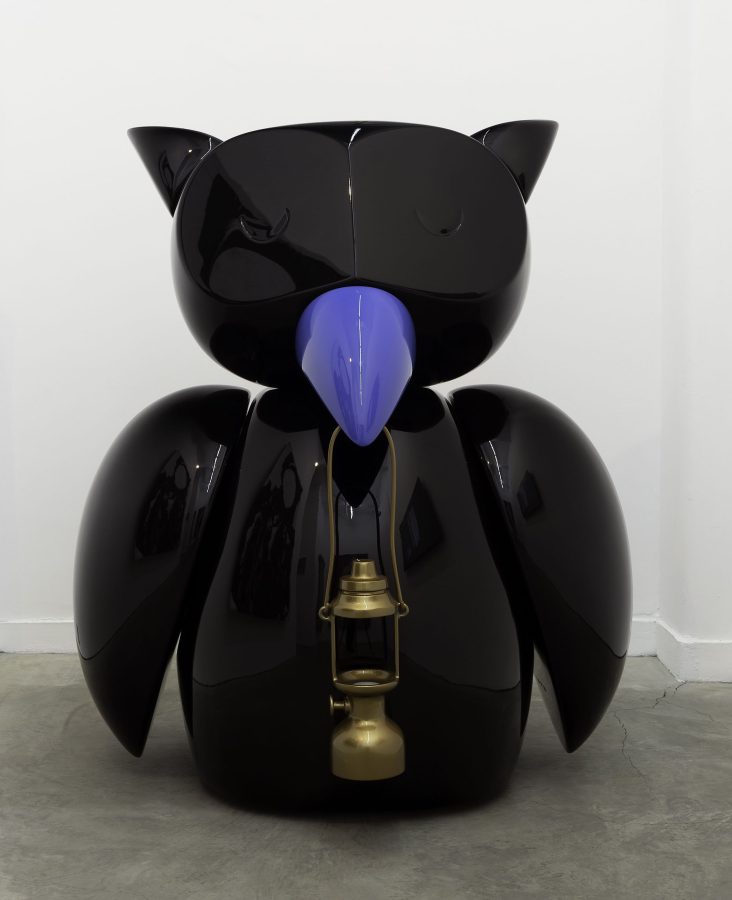
Emily Floyd
Owl of Minerva, 2019
owl: cast aluminium, two-part epoxy paint
lantern: cast and fabricated aluminium, lighting insert
150 x 130.65 x 99.7 cm
Edition of 3
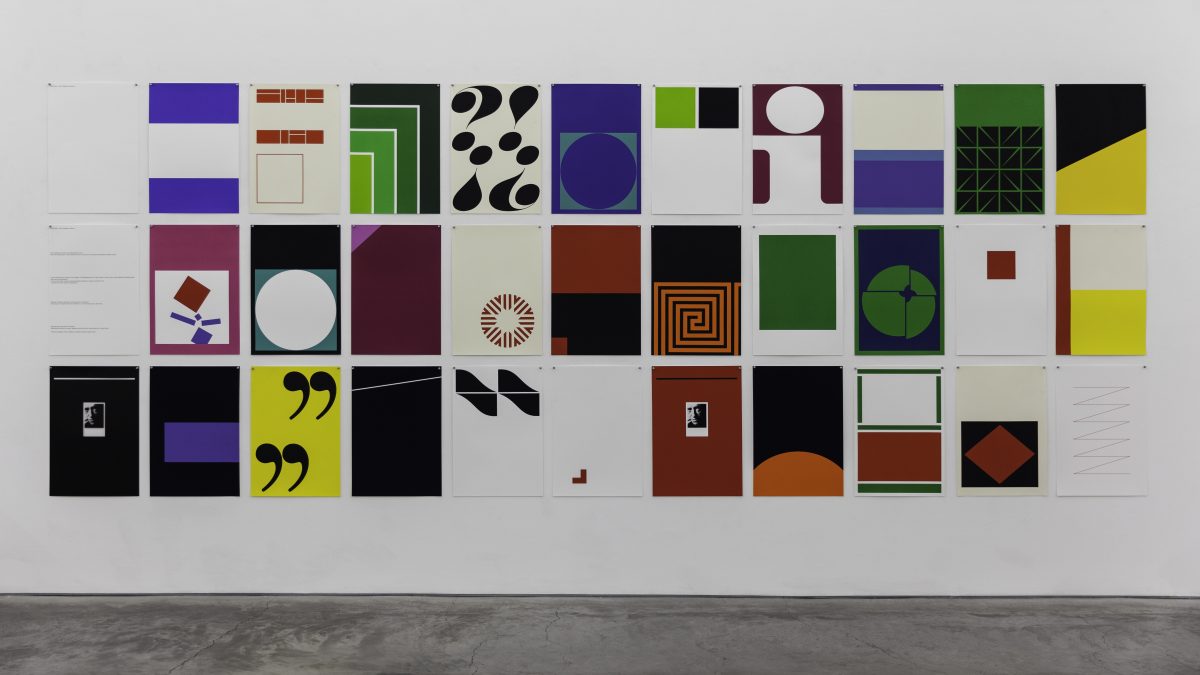
Emily Floyd
Anti-totalitarian Vectors, 2019
30 screen prints on Arches BFK Rives paper, screenprint films, title page and archival box
41 x 59.5 cm (each)
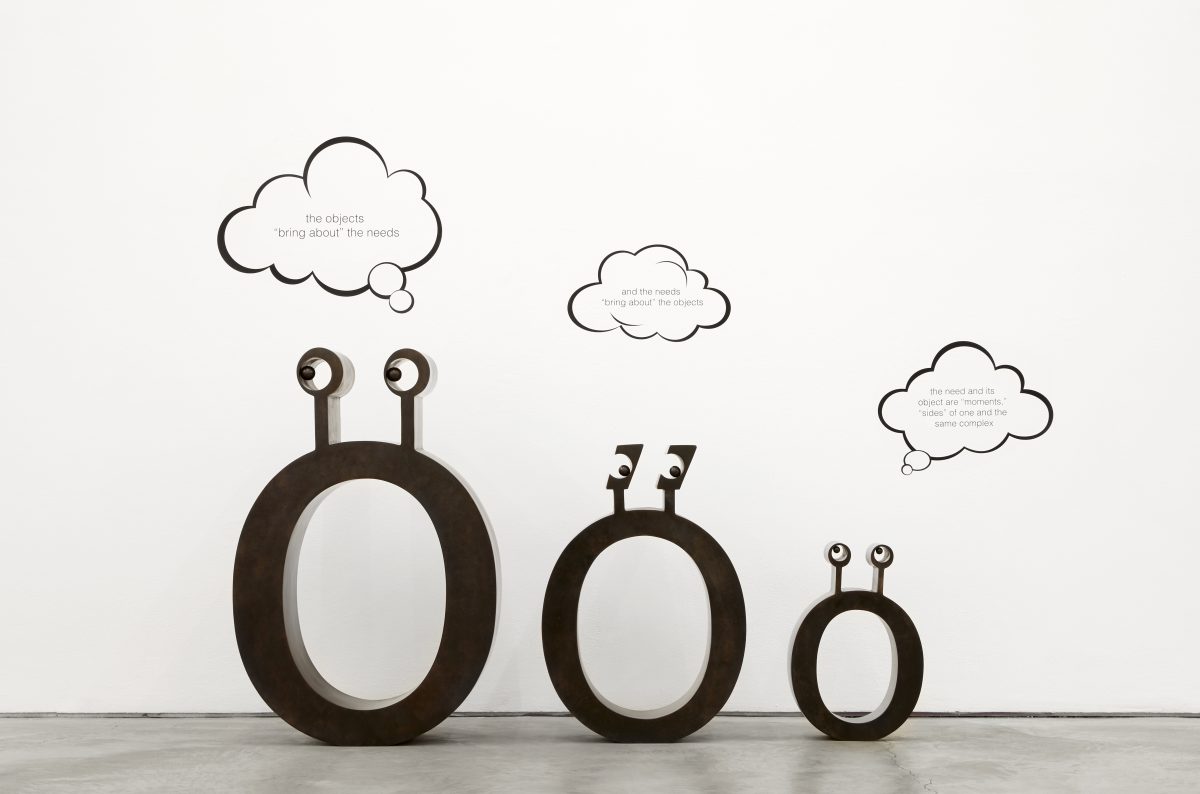
Emily Floyd
Umlauts, 2019
cast bronze with black patina
Set of three sculptures: 61 x 43 x 15 cm; 40.5 x 27.9 x 10 cm; 81 x 55.8 x 20 cm
Edition of 4

Emily Floyd
Exhibition view, “Anti-totalitarian Vectors”, Anna Schwartz Gallery, 2019
Photo: Zan Wimberley
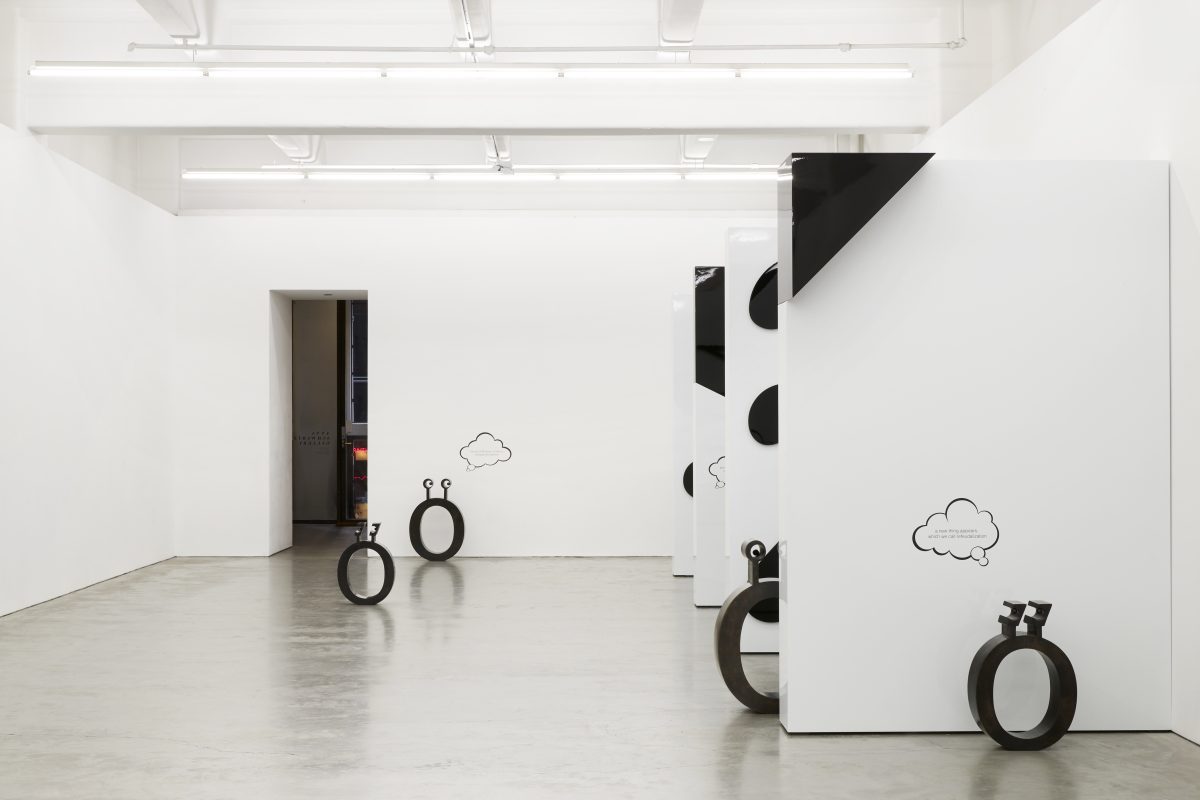
Emily Floyd
Exhibition view, “Anti-totalitarian Vectors”, Anna Schwartz Gallery, 2019
Photo: Zan Wimberley
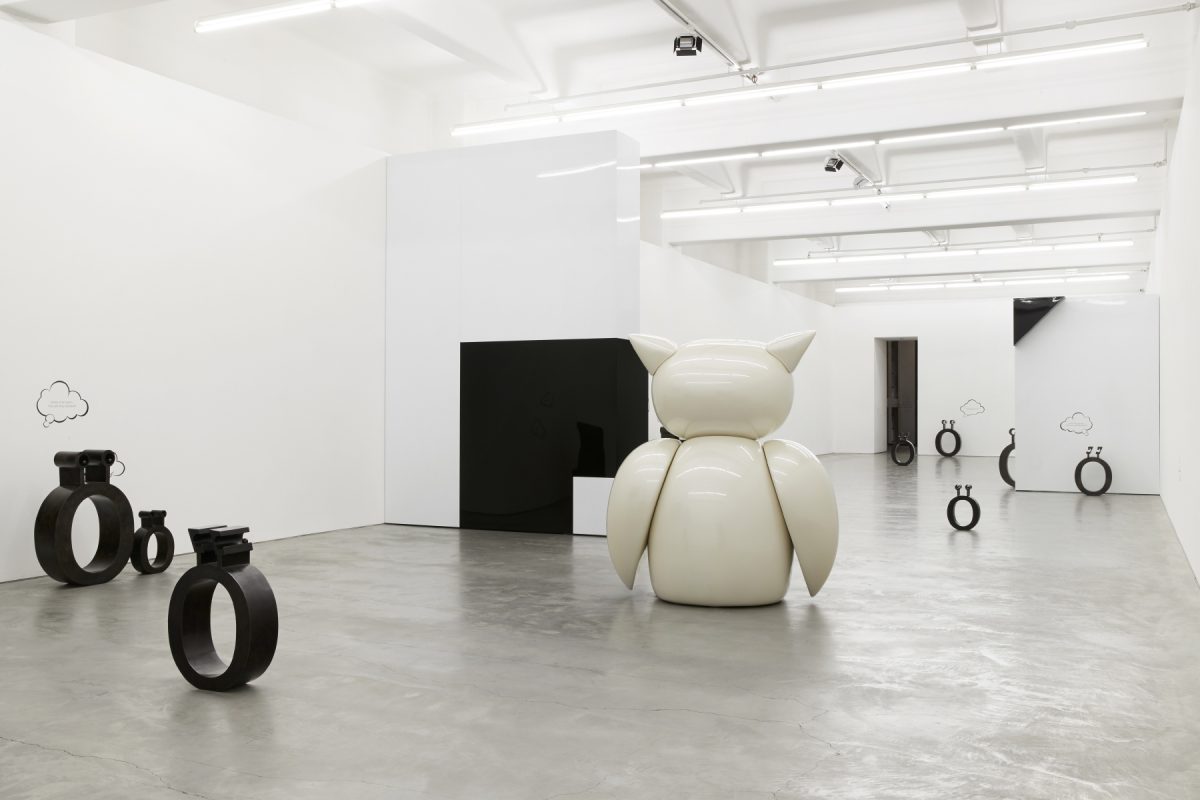
Emily Floyd
Exhibition view, “Anti-totalitarian Vectors”, Anna Schwartz Gallery, 2019
Photo: Zan Wimberley
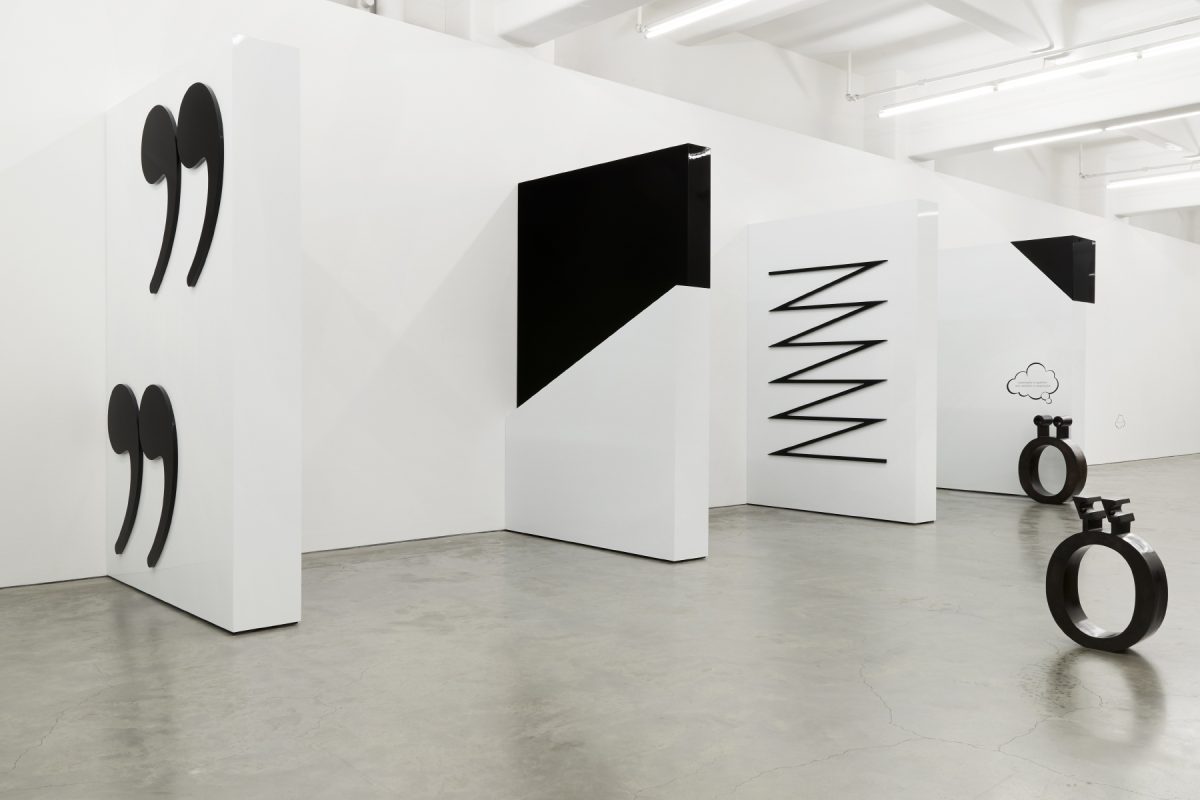
Emily Floyd
Exhibition view, “Anti-totalitarian Vectors”, Anna Schwartz Gallery, 2019
Photo: Zan Wimberley
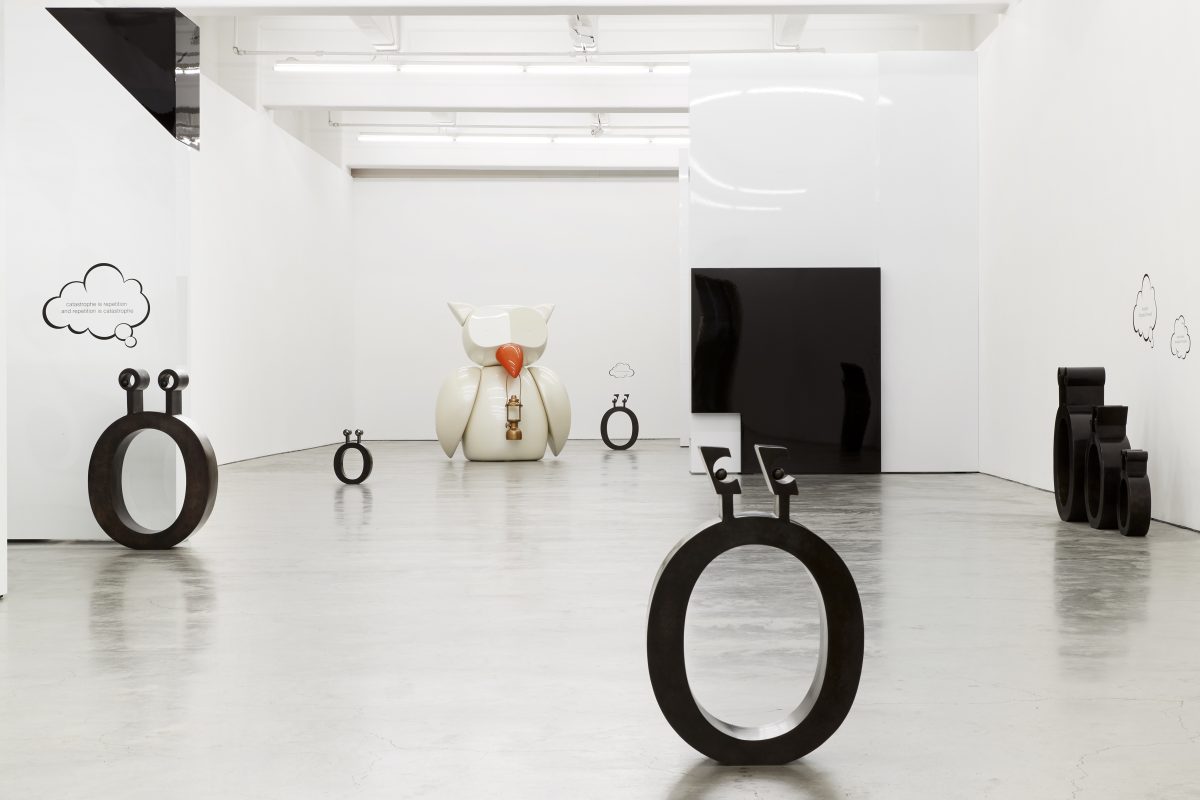
Emily Floyd
Exhibition view, “Anti-totalitarian Vectors”, Anna Schwartz Gallery, 2019
Photo: Zan Wimberley



